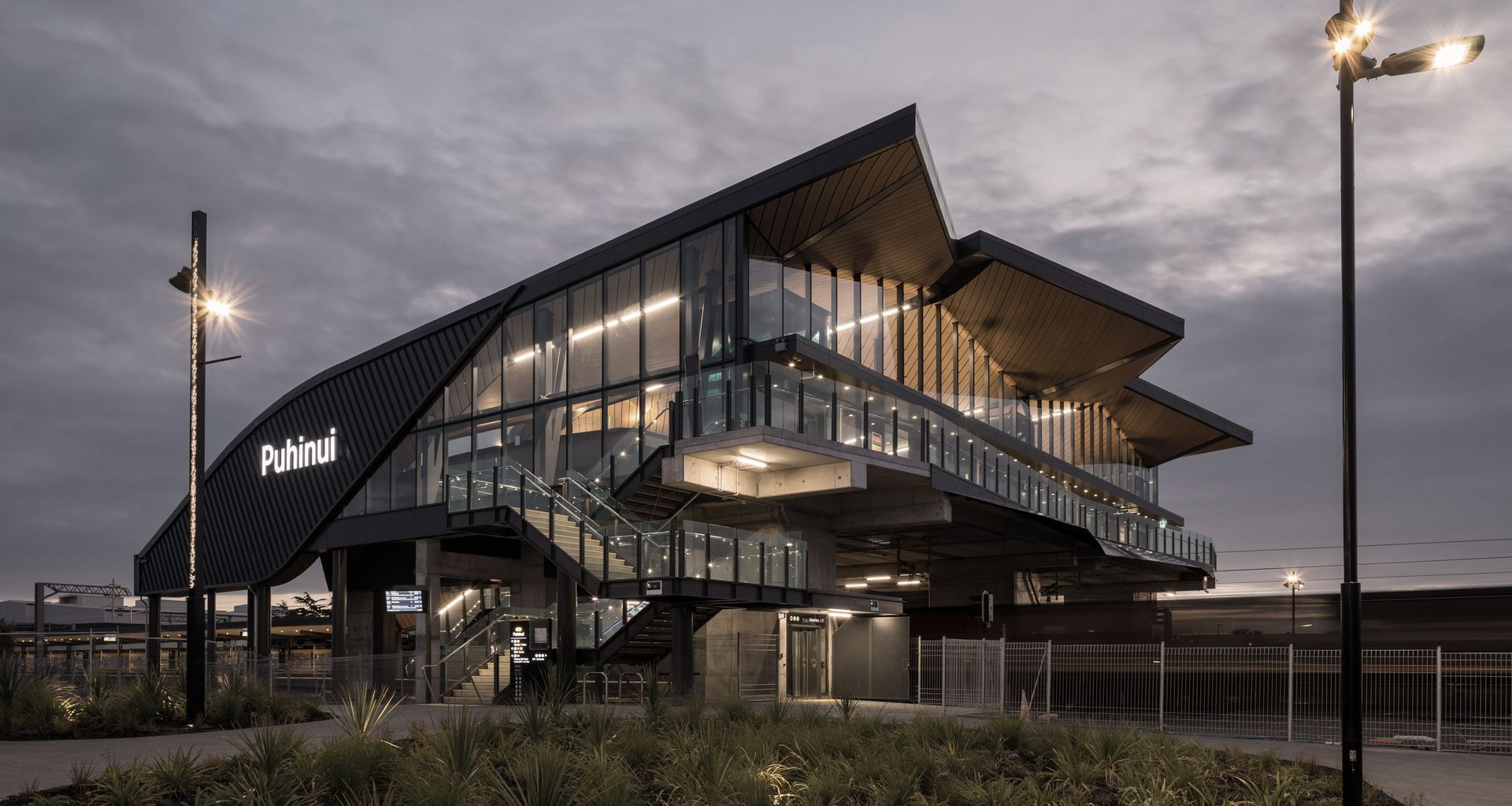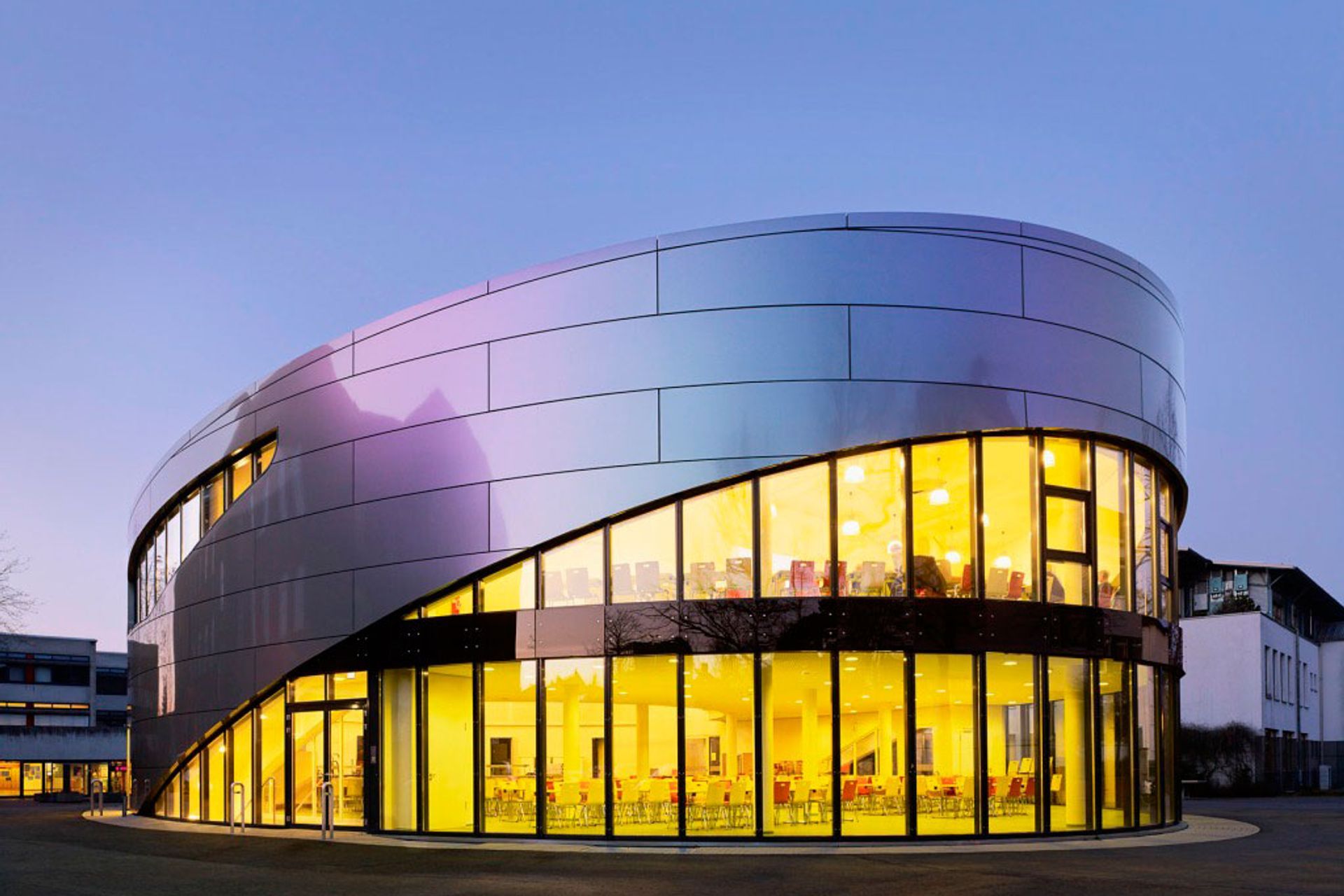Façades with multiple cladding types are in - but are they worth it?
Written by
26 January 2023
•
4 min read

Cladding and façades are some of the most complex facets of architectural design, requiring precise care and almost microscopic attention to detail. Façades serve as a building’s metaphorical handshake: it forms the first impression in the mind of observers – a powerful force that informs the rest of their perception.
Then there are the technical, functional aspects: cladding must serve as a weatherproofer and plays an essential part in the insulation and fire safety of a building. Cladding and façades are the ‘skin’ of a building – they form a protective layer while also being the most immediately noticeable part of a design.
Obviously, it’s important to get cladding right. And as self-described ‘building skin specialists’, the Building Agency ensures it’s always on standby to deliver not just the right façade for the right project, but the right system.
“We specialise in cladding and façade products, that’s for sure,” says Chris Booth, the GM for the Building Agency. “But in addition to that, we also do entire cladding system development, design, testing and compliance. So we differentiate ourselves by offering complete turnkey solutions.”

The many forms of cladding
This includes entire cladding support systems that can be used with each of the company’s different façades, or a railing support system designed to provide structural attachment for cladding. Each project will have specific cladding that both suits the brief and complies with Building Code requirements, so offering these systems in tandem with cladding products ensures a cohesive, unified construction process.
But what cladding products does the Building Agency offer? Pretty much everything, Chris says – from vertical shiplap weatherboard and fibre cement to aluminium, terracotta, porcelain and ceramic cladding.
“Some of our most popular products are aluminium, as well as fibre cement ,” says Chris. “The Alucolux aluminium façade panel is an especially popular aluminium cladding, and the Equitone cladding is one of our best performing fibre cement products.”
The Aluxolux is a high performance, 3mm panel that is suitable for both exterior cladding and interior lining. Deemed as non-combustible and certified to AS1530.1, the Building Agency touts it as a safe and versatile choice for both commercial and residential projects.
Meanwhile, the Equitone fibre cement cladding is a mineral composite material that achieves a concrete look with its through-coloured characteristics, displaying the inner texture and colour of the core cementitious material. Designed by and for architects, it can be embossed, printed and perforated.
Of course, it’s not all about aluminium. “We’re also seeing a lot more specification for terracotta and porcelain tiles, especially in medium density residential builds,” says Chris.

Cladding mix-and-matching
For these kinds of projects, which are being specified all over the country at record pace to fulfil housing demand, Chris says another kind of trend is emerging.
“When you look a couple of years ago, these kinds of five and six storey buildings were specified in a single, monolithic cladding, often a single aluminium product. But we hardly see that anymore.
“Most projects we work on now have three or four different cladding types, often mixing aluminium with weatherboard and tiles. And while this makes the façade look unique and notable, the design process is very complex – you need to think about how the separate façade types will intersect and interact with each other, and there’s no standard way to achieve this.
“There are also the supply problems that this invites: since there’s a smaller quantity needed of each material, and international suppliers may have minimum order quantities which can be hard to meet.”
But, he says, this opens up the opportunity to mix and match cladding solutions to achieve the most sustainable and well-performing overall system possible.
“For example, aluminium is a high performer for multi-storey residential projects, as it’s great for fire safety and is easy to supply. But aluminium production has a relatively high carbon footprint, so to offset that you could simultaneously specify another type of cladding which fulfils sustainability requirements.
“Unfortunately our most sustainable cladding solution, the Innowood timber shiplap weatherboard, can’t be installed on buildings over 10 metres tall for fire safety reasons, so it’s handy to have a couple of other cladding products up your sleeve.”
Learn more about the Building Agency and its expertise in cladding and façade products and systems.